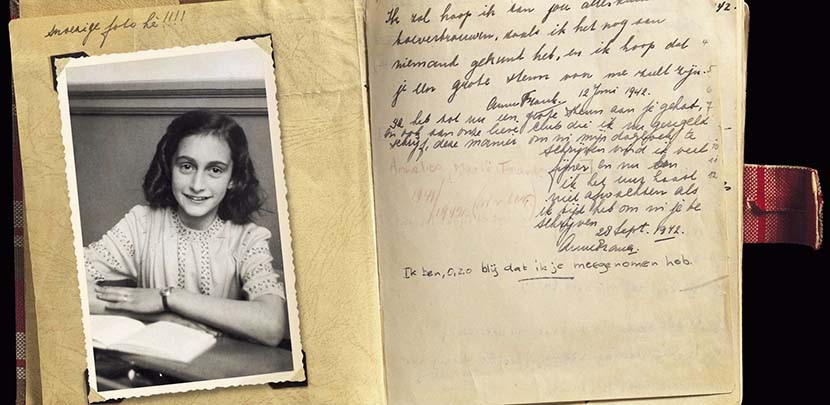
We have all heard the story of Anna Frank. In some way or another, for having read the book, for the film, for a documentary or simply because someone once spoke about it when the subject of World War II appeared in a talk.
The Nazi horror caused Ana's family to hide in a house of Amsterdam and today that house is open to the public as The Anne Frank House, being in turn one of the most visited museums in the city. Are you going to Amsterdam? Then you can't stop paying him a visit.
Anna Frank
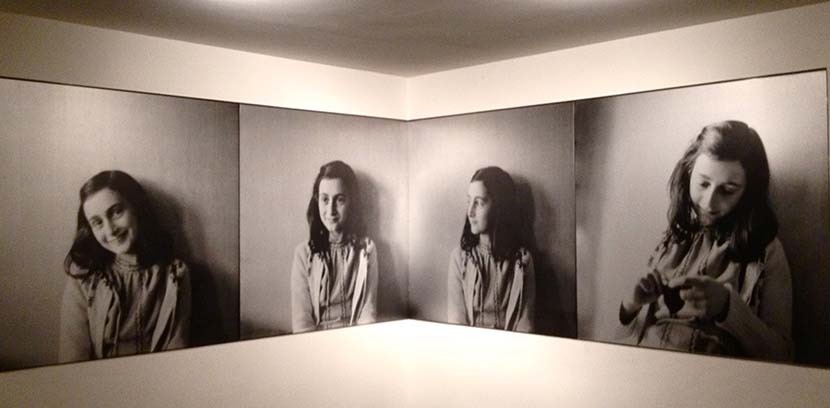
His name was Annelies marie frank and he was born in Frankfurt in 1929 in the bosom of a liberal Jewish couple who had a bookstore in the city. But after the victory of the Nazi party in the 1933 elections, things began to change and the father decided to accept a job offer in Amsterdam.
There he took care of a company that sold a substance extracted from fruits and shortly after, with his family settled in the city, he organized another one dedicated to the sale of spices and herbs.

However in 1942 Germany invades the Netherlands And the horror spreads as the occupation government begins the persecution of the Jews by implementing segregation laws. Like other Jews, the Franks were already thinking of emigrating but did not make their plans. Then, the couple's two daughters had to change schools and the family businesses changed ownership so as not to be confiscated.
On her 13th birthday Ana received an autograph book and that was the book that became his personal diary. The family decided to go into hiding that same year, just a month after his birthday, in July, upon receiving an order to go to a concentration camp.
The Anne Frank House
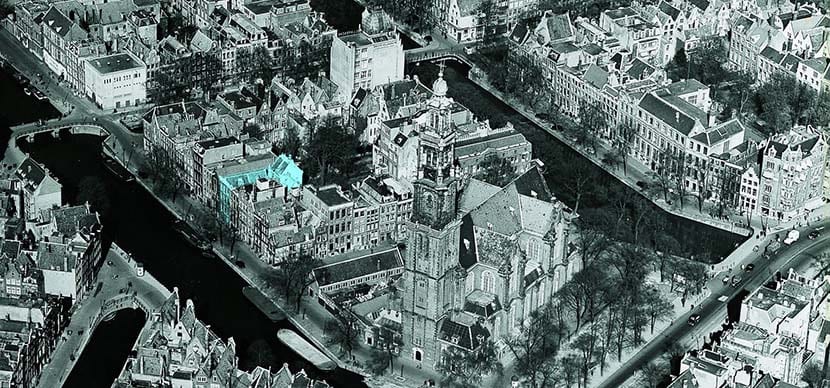
The franks they hid in a three-story house above the company's offices under the umbrella of some of its most loyal employees. They left their apartment as if they had suddenly fled and took up rooms that were cleverly hidden behind a shelf of books.
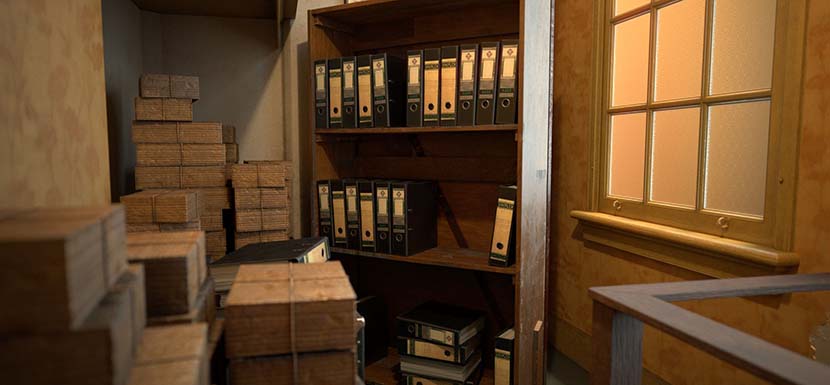
Only three people knew that the family was hiding there and they were in charge of feeding them and passing on information about what was happening abroad. A short time later they had company when another Jewish family joined, the Pels, and later a family friend dentist. Everything was recorded in the diary that Ana carried with her and also the tensions produced by having to live in a small space with so many people and with so many pressures.
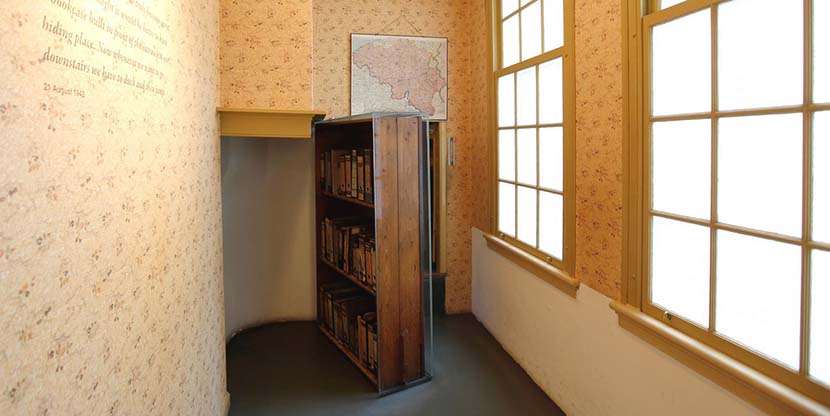
A personal diary is great because self-writing reveals aspects of our personality and our gaze on the whole world and thus, the reconstruction that we can make of those days spent by these people in captivity allows us to glimpse a tremendous world. The last line was written on August 1, 1944, just over two years after entering the hidden rooms.
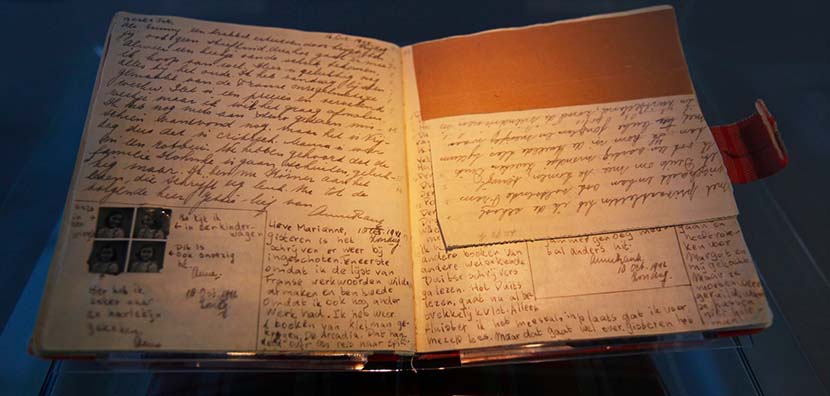
On August 4, the police and the SS entered and they were all arrested. for days later to be transferred to a transit camp where there were already more than one hundred thousand Jews. Those who helped them had no better luck but were able to return home, collect the papers, family photographs and the diary that had been left in the house. They saved everything in the hope of returning it after the end of the war.
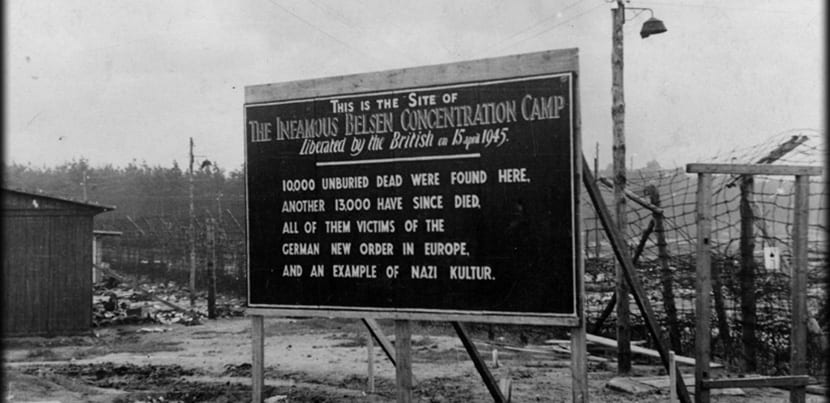
It is not known for sure how the information that they were all hiding in the house on the canal was leaked. In September of that year the group was deported to AuschwitzBy then Ana was already 15 years old. Weather later they were relocated to Bergen-Belsen, where her mother died of starvation, although cases of typhus, typhoid and other pests were common so it is assumed that the sisters died of some of these diseases.
Being there first her sister, Margot, died and days later Ana. Just a few weeks later the camp was liberated by the English.
The diary and the museum

The truth is that Ana's father, Otto Frank, there was no deadoy at the end of the war his former employees gave him what they had collected from the houseto. Reading the intimate thoughts of a murdered daughter must have been shocking.
The first publication of the notes was in 1946 and they were published in Germany and France in 1950. From then on it became very popular, it became a play and in 1959 the movie.
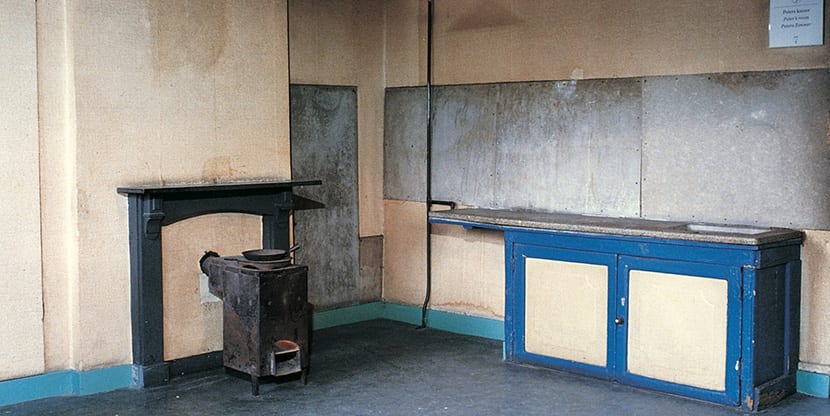
The museum house is located on the Prinsengracht canal, in the center of Amsterdam. It is a XNUMXth century house and its doors opened as a museum in 1960. There is a permanent exhibition on the life and historical period of Anne Frank and today it is one of the three most visited museums in the Netherlands.
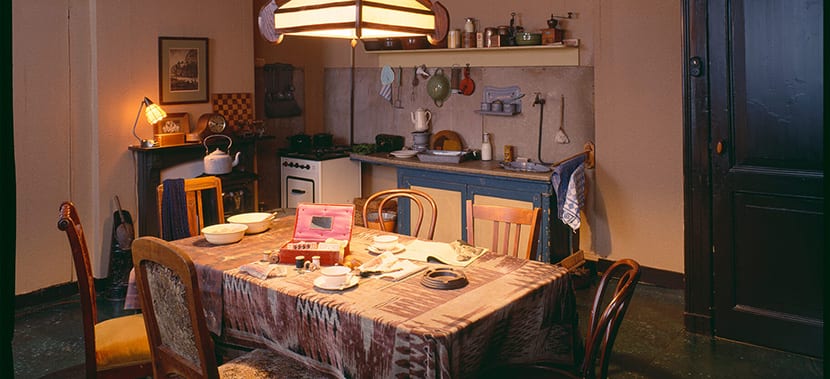
The house had several floors and among them were the hidden rooms where they took refuge from the Nazis and that they called achterhuis or the secret annex. It was not visible from the outside and was roughly 46 square meters in size.
During the visit you will see this small annex, the room that Ana shared with the child of the other family, the common room and the display of personal belongings, photographs and else.
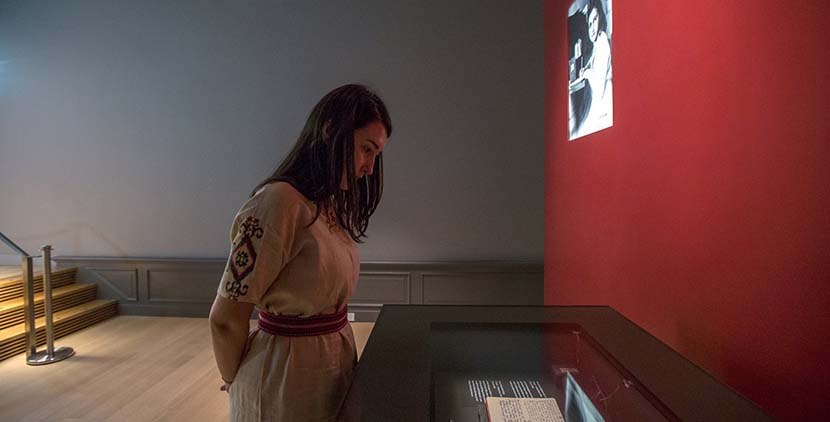
Although the museum opened in 1960 due to the number of visitors it remained closed and in refurbishment between 1970 and 199. In 2001 Queen Beatrix herself reopened it with more space, a library and a cafeteria. All rebuilt to how it looked in 1940.
Practical information:
- location: Prinsengracht 263-267. The entrance is at the corner of Westmarkt, 20.
- how to get there: a 20-minute walk from Amsterdam Central Station, nothing more, but you can get there by tram 13 or 17, getting off at the Westmarkt stop.
- hours: open from April 1 to November 1 every day from 9 am to 10 pm and from November 1 to April 1 every day from 9 am to 7 pm and on Saturdays until 9 pm.
- price: 10 euros per adult and children from 10 to 17 pay 5 euros. The reservation is charged 50 euro cents.
- there are audio guides and guided tours. You can sign up for introductory shows that last only half an hour and give you a glimpse of Ana's life in the context of WWII. It is in English and is included in the museum visit.
- You can buy tickets online by choosing the date and time in advance up to two months before. Try to buy them in advance because there is a lot of demand, especially if you plan to go on a weekend or holiday. You can buy up to 14 tickets at a time.